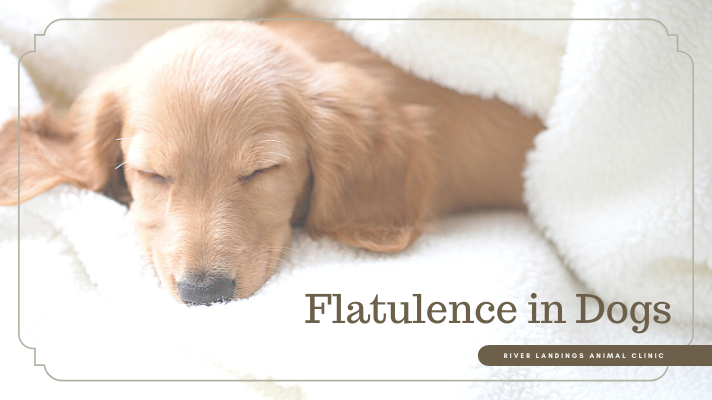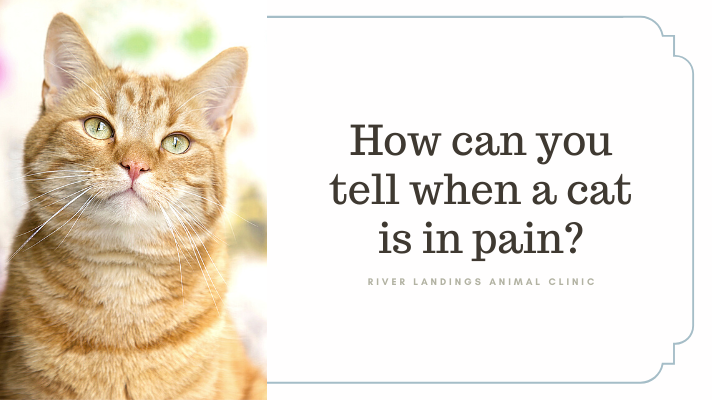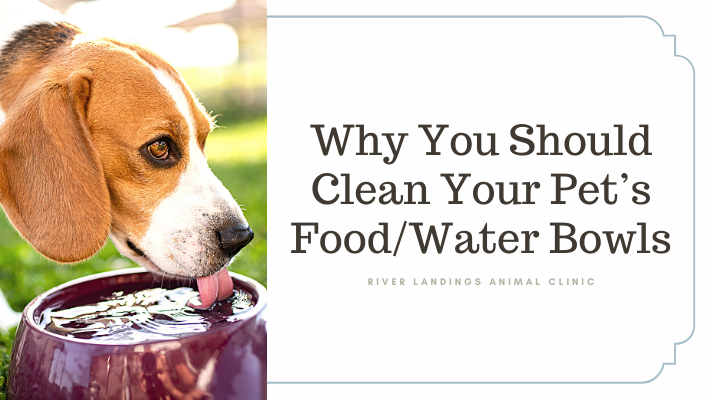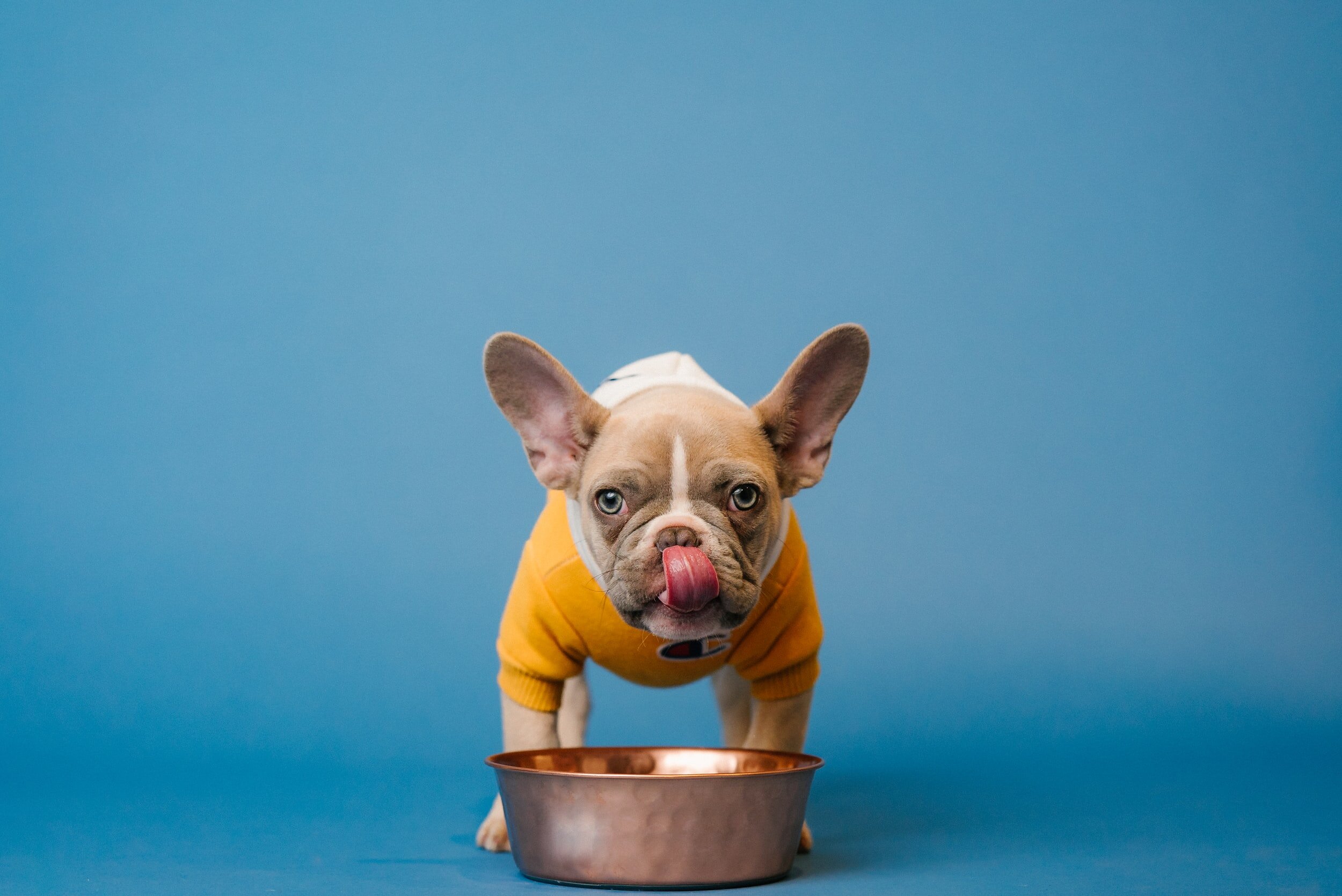What is Feline Distemper / FPV in Cats?
FPV / Feline Panleukopenia Virus, otherwise known as Feline Distemper, is a highly contagious, life-threatening infectious disease in cats. It mostly affects kittens and unvaccinated cats, and it can be fatal if not appropriately diagnosed and treated. It is closely related to canine parvovirus (often confused as it is not related to the canine distemper virus).
The feline panleukopenia virus infects and kills the rapidly growing and dividing cells in the body, including cells in the bone marrow, intestines, and skin, and in a developing fetus.
The virus suppresses the production of all white blood cells in the bone marrow. These cells are important to the immune system and are used to fight infection. Without them, the cat is vulnerable to spreading the virus.
Infected cells in the intestines eventually lead to diarrhea, decreased appetite and vomiting. Severe dehydration ensues and the safety barrier between the intestines and the rest of the body breaks down, leading to secondary bacterial infections. The virus spreads quickly and is fatal, if left untreated.
Feline distemper virus is found everywhere in the environment; it is strong and can live for years. The virus can survive in the environment it was shed into or be carried on shoes, paws, bedding, bowls, litter boxes, etc. It can survive at freezing temperatures and room temperatures, and it can also survive the use of certain disinfectants, including iodine and alcohol.
The virus enters the body through the nose or mouth; the specific cat’s immune system determines the number of viral particles that enter the body. Usually, the virus invades the bone marrow and intestines within two to seven days of the cat coming into contact with the virus.
Panleukopenia is considered one of the deadliest cat diseases in the unvaccinated cat population. Kittens, cats with depressed immune systems and pregnant cats are at the highest risk to develop severe clinical signs of this disease.
Symptoms of Feline Distemper / FPV
Symptoms of feline distemper can range from mild to severe and may include the following:
Lethargy
Depression
Vomiting
Diarrhea
Painful abdomen (when touched or may appear tense and distended without touching)
Dehydration
Weight loss
Rough or unkempt hair coat
Fever
Decreased to absent appetite
Collapse (in severe cases)
Bruising of the skin or gums (in severe cases)
Kittens infected in the womb during the late stages of pregnancy may develop cerebellar hypoplasia once born, a condition where the virus affects the formation of a part of the brain called the cerebellum. This is the part that coordinates balance and movement.
Affected kittens will have mild to severe intention tremors and a wide-based stance. They may fall frequently or seem uncoordinated. Luckily, this is not considered a painful condition, and these special-need kittens, if kept in safe environments, can live long happy lives.
Causes of Feline Distemper / FPV
Cats become infected with this virus in utero due to their mother becoming infected while pregnant or being exposed to it in their environment. Kittens can also be infected in utero or via breast milk when feeding from their mother.
A cat carrying feline distemper virus will shed viral particles into the environment through feces, urine, saliva and vomit. Infection occurs when susceptible cats are in contact with these secretions.
Luckily, an infected cat only sheds the virus for a day or two, but since the virus is very stable in the environment, it can live for years. That is why it is common for cats to become infected due to their environment.
Diagnosing Feline Distemper / FPV
Feline panleukopenia can look like many other conditions, such as feline leukemia or feline immunodeficiency virus. Any kitten showing signs of fever, vomiting, diarrhea, depression, and a decreased appetite is a feline panleukopenia suspect. A thorough medical history can be helpful with diagnosis, especially if your cat was recently adopted, has been outdoors frequently, is unvaccinated, and/or has been around other cats.
Your veterinarian will likely do bloodwork to help with the diagnosis. Feline panleukopenia is suspected when exposure history is correlated with very low white blood cells and possibly low red blood cells (anemia).
Fecal testing for feline panleukopenia virus can be performed . If the cat received a panleukopenia vaccine 5-12 days prior to testing, this form of test is often falsely positive. Virus isolation (a test to find the virus in different tissue samples), antibody levels and PCR testing are also available to help confirm suspicions of feline panleukopenia.
Treatment of Feline Distemper / FPV
There is no specific treatment for feline panleukopenia. Dehydration is treated with aggressive intravenous fluid therapy while clinical signs of vomiting and diarrhea are treated with prescription medications.
Antibiotic therapy is often instituted to help control any secondary bacterial infections due to low white blood cell counts. However, antibiotics are not used to treat and clear the actual virus. For kittens and cats who appear in shock, or with severe infections, aggressive therapy and nursing care is necessary for resuscitation, using plasma/blood transfusions and anti-coagulant therapies.
Luckily, cats who do receive and respond well to aggressive therapy during the first few days of feline panleukopenia tend to have a good prognosis for a complete recovery. Kittens infected in utero during the early to middle stages of pregnancy typically do not survive. Those infected in the later stages of pregnancy tend to develop cerebellar hypoplasia but can live happy lives with normal survival times, depending on the severity of the neurological signs.
Prognosis decreases for cats with low protein levels, low temperatures, thin body conditions, and/or severely low white blood cells on bloodwork. These extremely ill cats have a poor prognosis and, on average, will pass away within 12-24 hours.
If a cat recovers from feline panleukopenia, there is usually no permanent damage to their organs, and they develop lifelong immunity to the virus.
Hear From Us Again
Don't forget to subscribe to our email newsletter for more recipes, articles, and clinic updates delivered straight to your e-mail inbox.
Related Categories:








